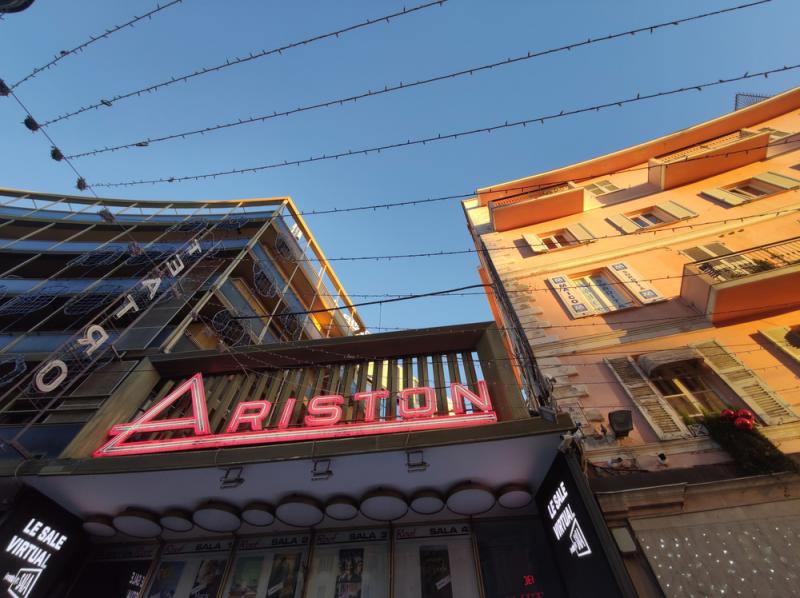Dual Language: Pulling Back the Curtain on the Sanremo Music Festival
ITA:

Teatro Ariston, host venue for the Sanremo Music Festival / Photo: Andrea Izzotti via Shutterstock
Use player to listen to Italian version

Paywall Content
Ed.: This dual language article was originally published in 2019 and was lightly updated to reflect the 2025 dates.
The month of February in Italy is normally associated with Carnival — and with the Sanremo Music Festival, Italy’s most prestigious music contest.
The festival has launched the careers of Italian singers who are now famous worldwide, including Andrea Bocelli, Zucchero, Eros Ramazzotti, Laura Pausini and Massimo Ranieri.
The 75th edition of the Festival della Canzone Italiana begins February 11 and ends on February 15 with the announcement of the winners. It will be broadcast live on Rai Uno (Rai International for those abroad) from the famed Ariston Theater in the Ligurian seaside town of Sanremo.
The Sanremo Music Festival is such a big media event that many TV and radio programs move their headquarters temporarily to Sanremo to be able to broadcast live from the festival. Not to mention that commercials begin to bombard the small screen, while press conferences contribute to build up the excitement.
But how did it all begin? In the aftermath of World War II, the idea came to revitalize the economy and reputation of Sanremo through an annual music festival to be held in the city. During the summer of 1950, the administrator of the Sanremo Casino, Piero Bussetti, and the conductor of the RAI orchestra, Giulio Razzi, thus decided to launch a competition among previously unreleased songs. Officially titled “Festival della Canzone Italiana” (Festival of the Italian Song), the first edition took place at the Sanremo Casino on 29, 30 and 31 January 1951. The final was broadcast by Rete Rossa, the second most important RAI radio station at the time. There were only three participants — Nilla Pizzi, Duo Fasano and Achille Togliani — who performed 20 songs.
The Big Artists section now includes 20 established Italian artists, competing with a song each, while 8 artists perform in the Newcomers section.
Il mese di febbraio in Italia è normalmente associato con il Carnevale — e con il Festival di Sanremo, la più prestigiosa gara di musica italiana.
Il festival ha lanciato le carriere di cantanti italiani che sono diventati famosi nel mondo; tra loro, Andrea Bocelli, Zucchero, Eros Ramazzotti, Laura Pausini e Massimo Ranieri.
La 75esima edizione del Festival della Canzone Italiana inizia l'11 febbraio e si conclude il 15 febbraio con l'annuncio dei vincitori.











